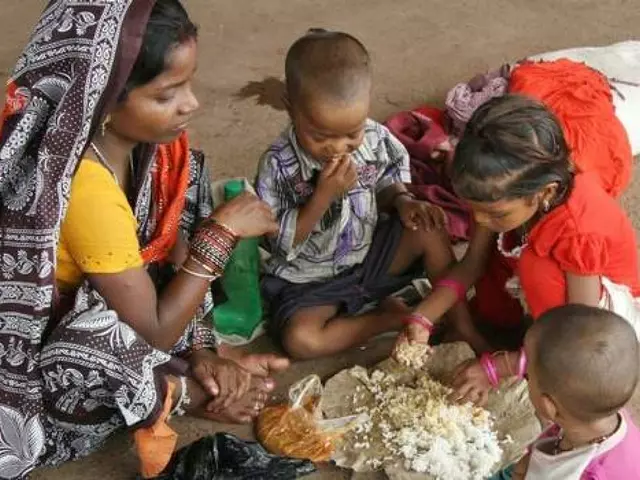Living Conditions Across South Asia: What You Need to Know
When you hear "living conditions" you probably think of rent, wages, health care, and how safe a place feels. In the South Asian region those factors change a lot from one city to the next. This guide pulls together the most useful facts from recent news so you can see the big picture without getting lost in numbers.
How Money Affects Everyday Life
One of the easiest ways to gauge living standards is to look at average income. Recent data shows the average annual salary in India is about $1,964, far lower than the U.S. average of $44,500. That gap matters because it shapes what people can afford for housing, education, and health.
For Indians working abroad, the story is different. A quick look at Indians living in Germany reveals higher earnings, modern infrastructure, and strong social benefits. The downside? Language barriers and tougher job markets for newcomers. Those pros and cons add up when you compare a German paycheck to an Indian one.
Housing, Health, and the Basics
Housing costs follow income trends. In major Indian cities, a one‑bedroom apartment can cost up to three times the average monthly salary, while in smaller towns it’s often half that amount. In contrast, German cities like Berlin still see higher rents, but the wages are also higher, easing the pressure.
Health care quality varies widely too. Nations such as Sri Lanka and Bangladesh have made big strides in public health, yet rural areas still struggle with access to doctors and clean water. In India, the government’s push for universal health coverage is improving things, but out‑of‑pocket expenses remain a challenge for many families.
Education is another pillar of living conditions. Public schools in Nepal and Bhutan provide free tuition, but teacher shortages can affect quality. In Pakistan, private schools dominate in urban centers, creating a split between those who can afford extra fees and those who cannot.
All of these pieces—salary, housing, health, education—interact. A higher salary in Germany might mean a decent apartment and good health insurance, while the same salary in India could still leave a household struggling to pay rent and medical bills.
If you’re planning to move, study, or invest in South Asia, think about which factor matters most to you. Is it a higher paycheck? Better health services? Lower cost of living? Knowing the trade‑offs helps you set realistic expectations.
Our tag page gathers stories like the average salary report, the pros and cons of Indians living in Germany, and coverage of local housing markets. Use these articles as a starting point, then dive deeper into the topics that affect your own life.
Living conditions are never static. Policies change, economies grow, and new data appears every month. Stay tuned to South Asian Regional News for the freshest updates, and you’ll always have a clearer view of how people across the region are living today.
Living in poverty in India is a daily struggle marked by hardships and limited access to basic necessities. Many poor people in the country live in overcrowded slums, earning meager incomes from informal labor or street vending. Access to clean water, nutritious food, healthcare, and education is often a luxury they can't afford. The lack of proper sanitation facilities and safe housing further adds to their misery. Despite these challenges, their spirit of resilience and hope often shines through.




